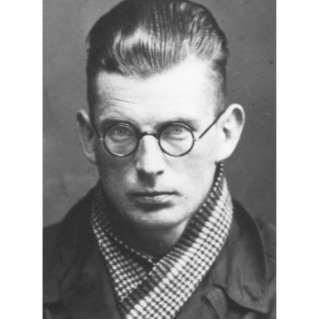After working professionally in the offices of Redbook, Us Weekly, United Feature Syndicate and sundry other spots, I no longer dress when I work. And write. The daze of black ties and tuxes are over with. Forever. No more Oscars and Tonys and Grammys and other stuffy, star-studded events.
A new book? That calls for me to wear T-shirts and boxers.
Another article? Perhaps sweats or pjs.
Another blog? The naked truth in the naked truth.
It’s no wonder I didn’t make Terry Newman’s delicious new book, Legendary Authors and the Clothes They Wore (Harper Design, $29.99). This innovative gift book took a clue from the horse-faced Diana Vreeland who, in her 1984 autobio D.V., reminded all “Where would fashion be without literature”?
Newman presents 50 fully illustrated profiles of prominent men and women of letters, highlighting their key works, signature fashion moments from their wardrobe that express their persona and how they influence the fashion world today. This segues into an examination of how this particular item of clothing or style makes up part of fashion’s lingua franca, getting under the skin of the fashion story and talking in more detail about its historical trajectory and distinctive impact on popular culture.
Under the garb are revealing anecdotes about the authors and their work, archival photography, first-person quotations, little known facts, and clothing-oriented excerpts that exemplify their writing style—make this a lively look at the authors we love.
Joan Didion, smoking and leaning against a sleet Stingway, stars out from the cover. In 2015, she was the face of Céline. Everything Didion writes is distinctly Didion; she is an original and that’s something designers can connect with. Her personalized journalism where innermost emotions and ideas are transparently communicated or experimental fiction such as her novel Democracy where she, as the author, takes center stage as narrator are bodies of work that reflect the soul. Her style does the same.
There is only one thing more interesting than a writer, and that’s a stylish writer. The shape and twist of their hair, how they hold a cigarette, or penchant for wearing a particular item is their creative DNA on display, whether it’s an exotic turban like Zadie Smith’s signature head-piece, James Joyce’s wire-framed glasses, or Samuel Beckett’s Wallabees (left). Quite often a writers’ wardrobe is distinctly out of fashion and for that very reason stands out and alone. Likewise, curious fashion-hounds find writers a stimulating muse in today’s non-linear fashion climate.
Quite often a writers’ wardrobe is distinctly out of fashion and for that very reason stands out and alone. Likewise, curious fashion-hounds find writers a stimulating muse in today’s non-linear fashion climate.
For some writers, their style does not mirror, but rather, deflects. Take Sylvia Plath, her Bell Jar wardrobe was prim and proper, and a foil for her tormented psyche. The pearls and twinsets, and later, her less formal but still sensible choices, all projected assimilation and a non-confrontational, even somewhat bland persona, yet her work was dark, confessional. For Plath, fashion was aspirational: she dressed in the way she wanted to be seen, rather than exhibit her interior turmoil.
Delving into the wardrobes of literary icons—past and present—and the way they write about clothes provides a glimpse into the world they each inhabited and their moment in time. A testament to the notion that reading and writing never go out of style, this beautifully designed book is sure to captivate lovers of fine literature and dedicated followers of fashion.
My fave remains Jacqueline Susann (below). The iconic author wrote the best novel ever, Valley of the Dolls, a sordid saga of show-biz. (“Sparkle Neely sparkle!) More than 40 million copies of the bible have sold and I am not even mentioning Jackie’s luck with The Love Machine. After all, once is not enough. Susann sits on the tiled floor of her 200 Central Park South apartment, clad in a mini Pucci (circa mid-60s), diagramming Love Machine‘s Robin Stone on a blackboard.
And the quotes! Newman choose some whoppers, the way Liza would have chosen the right Halston before she got fat and drunk and slovenly.
Dorothy Parker: “Gingham’s for the plighted maid; satin’s for the free!”
Maya Angelou: “Seek the fashion which truly fits and befits you. You will always be in fashion if you are true to yourself, and only if you are true to yourself.”
Oscar Wilde: “Fashion is what one wears oneself. Whit is unfashionable is what other people wear.”
Tom Wolfe: “You never realize how much of your background is sewn in the lining of your clothes.”
Newman writes: “What you read is as important as what you wear. And what authors wear is source material for designers’ creativity. The literary and fashion worlds are therefore synchronized, and the geek chic of librarians is a look that is set to prevail.” She adds: “Fashion is a history book as well as a mirror, and the incidental assimilation of who is wearing what, where, why, and when adds density to a cultural read.”
